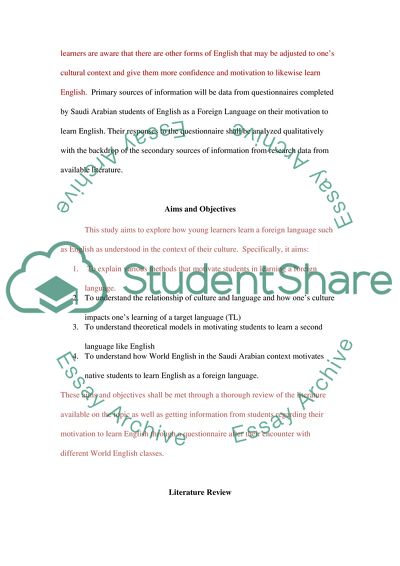Cite this document
(The Impact of Using World Englishes in Motivating Saudi EFL Learners Research Proposal, n.d.)
The Impact of Using World Englishes in Motivating Saudi EFL Learners Research Proposal. https://studentshare.org/education/1778984-the-impact-of-using-world-englishes-in-motivating-saudi-efl-learners
The Impact of Using World Englishes in Motivating Saudi EFL Learners Research Proposal. https://studentshare.org/education/1778984-the-impact-of-using-world-englishes-in-motivating-saudi-efl-learners
(The Impact of Using World Englishes in Motivating Saudi EFL Learners Research Proposal)
The Impact of Using World Englishes in Motivating Saudi EFL Learners Research Proposal. https://studentshare.org/education/1778984-the-impact-of-using-world-englishes-in-motivating-saudi-efl-learners.
The Impact of Using World Englishes in Motivating Saudi EFL Learners Research Proposal. https://studentshare.org/education/1778984-the-impact-of-using-world-englishes-in-motivating-saudi-efl-learners.
“The Impact of Using World Englishes in Motivating Saudi EFL Learners Research Proposal”. https://studentshare.org/education/1778984-the-impact-of-using-world-englishes-in-motivating-saudi-efl-learners.


